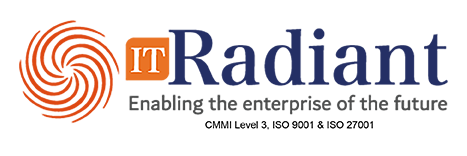The life sciences and pharma industry thrive on innovation, but that progress can’t come at the expense of strict regulatory compliance. Navigating the complex web of Good Manufacturing Practices (GMP), Good Clinical Practices (GCP), and regional regulations is a constant challenge. This is where robust Enterprise Resource Planning (ERP) solutions like SAP S/4HANA come into play. By implementing S/4HANA strategically, pharma companies can ensure their processes are compliant while maintaining agility and innovation.
A successful S/4 HANA upgrade for regulatory compliance hinges on a few key areas:
- Data Integrity at its Core: S/4HANA’s strength lies in its robust data management capabilities. Features like electronic batch records (eBR) and detailed audit trails ensure data remains accurate and tamper-proof throughout the entire product lifecycle. This fosters trust with regulatory bodies and simplifies audit preparation.
- Configurable Workflows for GMP Adherence: S/4HANA offers a high degree of configurability, allowing pharma companies to tailor workflows to specific GMP requirements. Imagine automating quality control checks or deviation management processes – all within the S/4HANA framework. This reduces human error and ensures consistent adherence to regulations.
- Integrated Risk Management: Proactive risk management is crucial in the life sciences industry. S/4HANA can be integrated with specialized risk management tools. By leveraging real-time data and analytics, companies can identify potential compliance risks early on and take corrective actions before they snowball into major issues.
Beyond Compliance: S/4HANA as a Strategic Ally
While ensuring compliance is paramount, SAP in the pharmaceutical industry offers additional benefits for pharma companies:
- Enhanced Traceability: Track materials, components, and finished products seamlessly throughout the supply chain. This granular visibility is invaluable for recalls or investigations, allowing for swift and targeted actions.
- Improved Collaboration: Foster seamless collaboration between R&D, manufacturing, and quality assurance teams. Real-time data sharing facilitates informed decision-making at every stage of the drug development process.
- Data-Driven Insights for Informed Decisions: S/4HANA empowers data-driven decision-making. By analyzing production data and quality control metrics, companies can identify areas for improvement and optimize processes for ongoing compliance.
Navigating the Implementation Maze
A successful SAP HANA migration for the life sciences and pharma industry requires careful planning and a deep understanding of the regulatory landscape. Here are some key considerations:
- Partner with Industry Experts: Choose an implementation partner with proven experience in the life sciences and pharma domain. Their expertise can ensure the S/4HANA solution is configured to meet specific industry regulations and compliance needs.
- Phased Approach: Consider a phased implementation approach to minimize disruption. Start by focusing on core functionalities like batch management and quality control, and then gradually integrate additional modules.
- User Training and Change Management: A robust user training program is essential for successful user adoption. Employees need to understand how S/4HANA impacts their daily tasks and how it contributes to overall compliance.
In the ever-evolving world of pharma, regulatory compliance is not a roadblock, but a critical stepping stone for innovation. By implementing SAP S/4HANA strategically, life sciences companies can achieve a robust and efficient compliance framework while unlocking the power of data-driven insights to accelerate drug development and ultimately, improve patient outcomes. Remember, a well-planned SAP HANA migration can be the key to navigating the maze of regulations and unlocking a future of innovation in the life sciences and pharma industry.

